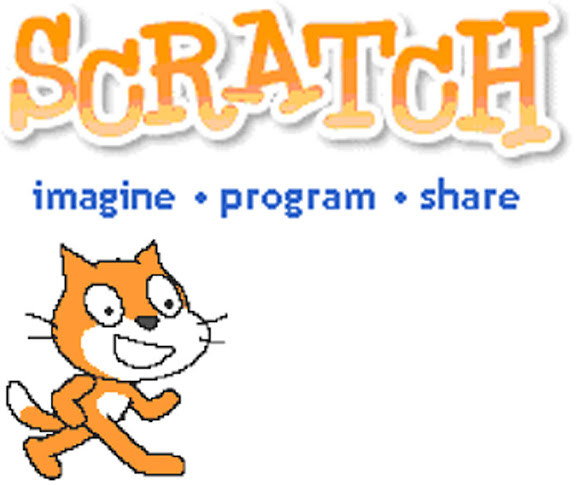Computers are an inseparable part of the learning process at Millennium. We have many computers in our lab more than even premier engineering institutes. Students use these computers extensively. They watch lectures, take revision tests and use our widgets on the computer.
There are many advantages to this. Results of a computer test are instantaneous. In practice tests, the child knows immediately whether the answer given is right or wrong. The correct answer to a question is also pointed out to the child.
After the child answers questions on the computer, the teacher gets feedback too. The teacher knows how many students have answered a question incorrectly, what the most popular wrong answers are which questions the children needed more time to answer etc. This feedback is an extremely powerful weapon that helps the teacher with remedial teaching.
 Another major advantage is that children can learn at their own pace. A child listens to a part of the lecture and has to answer questions based on it. If the performance is not satisfactory, that part has to be done again. So each child learns at a different speed the computer can simulate one on one learning to some extent. This is also a part of our vision for how education must be.
Another major advantage is that children can learn at their own pace. A child listens to a part of the lecture and has to answer questions based on it. If the performance is not satisfactory, that part has to be done again. So each child learns at a different speed the computer can simulate one on one learning to some extent. This is also a part of our vision for how education must be.
The software that the children use in the computer labs is a part of our educational revolution. The software has been developed under our guidance and continuous efforts are being put in to improve its features. It focuses more on learning, than the “e”.
With such an infrastructure, it is obvious that we also teach some (cliched) “computer skills”. Traditionally, under the hood of “computer skills”, children have been taught how to use some office automation tools, like Microsoft Office, or even OpenOffice. We, being what we are, treat things a little differently. We expect that children will learn these tools by themselves, while doing projects and creating presentations for Scratch.
 Scratch? Scratch is a programming language developed to help students hone their creativity, logical thinking and problem solving skills and most importantly Self Learning Skills. Many students all over the world are having fun with Scratch Programming.
Scratch? Scratch is a programming language developed to help students hone their creativity, logical thinking and problem solving skills and most importantly Self Learning Skills. Many students all over the world are having fun with Scratch Programming.
Scratch is developed by the Lifelong Kindergarten Group at the MIT Media Lab, with financial support from the National Science Foundation, Microsoft, Intel Foundation, Nokia, and the MIT Media Lab research consortia.
In 2011, we took the initiative and with help from a volunteer team from Persistent Systems, successfully conducted Scratch training for all 9th standard students. We even conducted a contest to culminate the training program (one of the winner projects was the ‘Brick breaker Game‘). We now teach Scratch from Std. 5 to Std. 9.
 This is a compulsory activity for children. Our strong belief is that through this programming activity, the analytical and logical capabilities of students will be greatly enhanced. Not only that, but common problem solving skills of students are greatly enhanced too – which is a very essential real-world skill. The students will be given grades according to their performance (grades will appear in their report cards), and are given regular projects to do at home and school. We even keep the labs available for interested groups to come to the school on Saturdays for developing group projects.
This is a compulsory activity for children. Our strong belief is that through this programming activity, the analytical and logical capabilities of students will be greatly enhanced. Not only that, but common problem solving skills of students are greatly enhanced too – which is a very essential real-world skill. The students will be given grades according to their performance (grades will appear in their report cards), and are given regular projects to do at home and school. We even keep the labs available for interested groups to come to the school on Saturdays for developing group projects.Here are a few quick links which will help you in navigating through our website
- Millennium Alumni
- Hobby Selection
- Admission procedure
- Mandatory Public Disclosures
- School Reopening FAQs Std 5 to 8
- School Reopening FAQs Std 9 to 12
- Transcript/ Letter Of Recommendation Request form
- The idea of education
- Our Blog
- Kindergarten
- FAQ
- Get in touch
- Parent Teacher Association
- Transport Committee
- Sports Felicitation Ceremony - Photos

